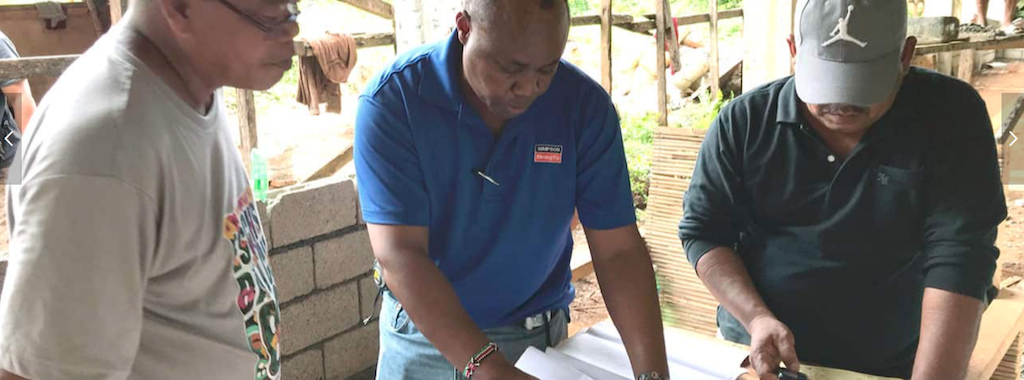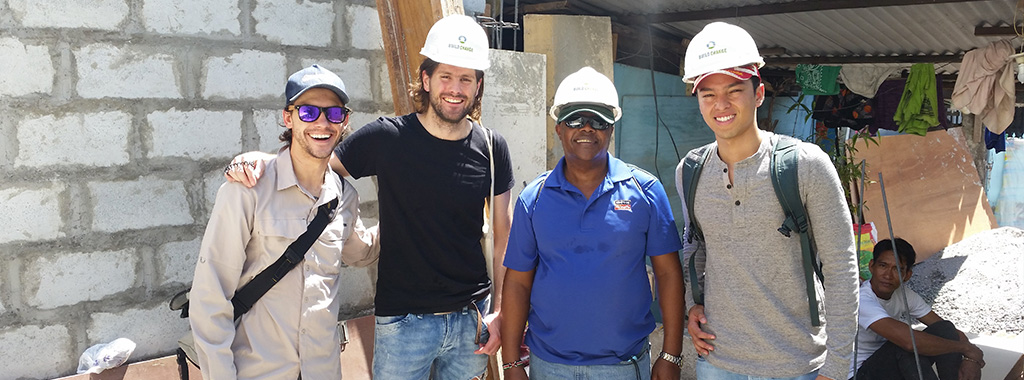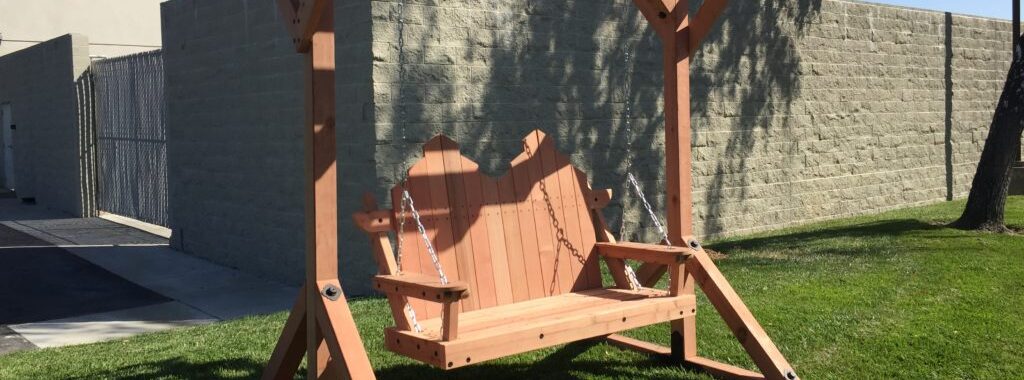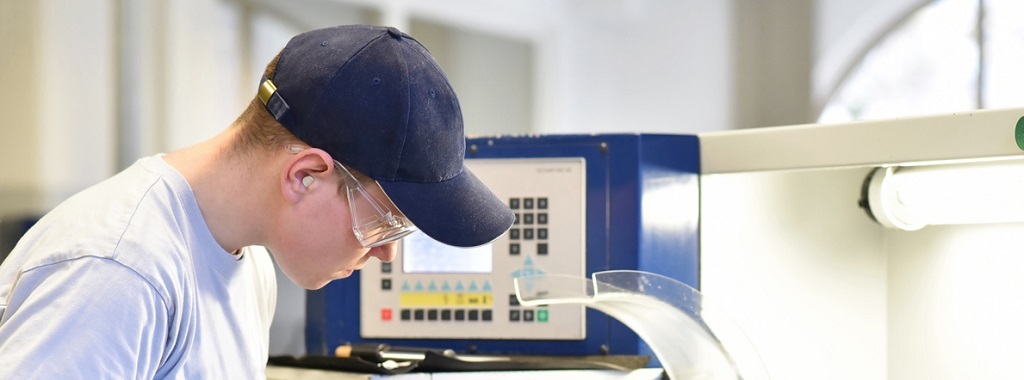With the growing danger of natural disasters, the race is on to expand access to programs that safeguard lives from the human-made danger of poorly built housing. With the common mission of building safer, stronger structures, Build Change and Simpson Strong-Tie announced the renewal of the Simpson Strong-Tie® Fellowship for Engineering Excellence program.
Continue Reading
Category: Education
Our educational posts are dedicated to helping our customers and the general public acquire a deeper understanding of how we support academia- including our many partnerships with various colleges such as Cal-Poly Tech and Washington State University and sharing solutions and how they relate to the industry.
Simpson Strong-Tie Build Change Fellow Visits Manila
This week’s post was written by James P. Mwangi, Ph.D., P.E., S.E. — our first annual Simpson Strong-Tie Engineering Excellence Fellow with Build Change. As part of his fellowship he’s been submitting reports about his work supporting the Build Change initiative. This is the last in a series of four.
Continue Reading
Simpson Strong-Tie Build Change Fellow Visits Colombia
This week’s post was written by James P. Mwangi, Ph.D., P.E., S.E. — our first annual Simpson Strong-Tie Engineering Excellence Fellow with Build Change. As part of his fellowship, he’s submitting reports about his work supporting the Build Change initiative. This is the third in a series of four.
Continue Reading
Best Practices: The Art of the RFI
Nothing will ruin your day faster than getting a call from a builder reporting an issue with trusses you’ve designed. You hear their frustration as they are faced with a potential delay and additional work to implement a fix. We all desire to eliminate those calls from our daily business, and one way to do so is to work only on jobs with a perfect set of drawings. You know, the drawings with dimensions that are 100% correct, have no errors in the listed wall heights, the heel heights are clearly spelled out with the location of the HVAC equipment and lines identified, and every load path is well thought out.
The truth, though, is that there’s really no such thing as a perfect set of drawings, because there will always be some area needing further clarification to ensure the trusses you design won’t have issues. Although this reality is typically viewed as a source of frustration, it can be an opportunity to provide extra value to your customers by helping them resolve issues before they become a problem in the field. To do this requires a trained eye to identify issues and the use of an RFI (Request for Information) to work through these issues with the appropriate parties involved. In this article, we will walk through some best practices of using an RFI to help eliminate those calls.
Continue Reading
Three Pieces of Advice for Structural Engineering Grads
If you are a civil engineering student finishing your degree, you are probably starting to explore all the options and opportunities available in the workforce. While structural engineering may be a specialized discipline, there are many paths and backgrounds that can lead someone into an exciting career that is innovatively transforming modern development in cities and towns all over the world.Continue Reading
Being an Engineering Intern at Simpson Strong-Tie
Editor’s Note: This week’s blog post is written by one our college interns in the Engineering Department. Ian Kennedy spent the summer of 2016 as an intern for the McKinney office of Simpson Strong-Tie. He will be starting his second year at Calpoly San Luis Obispo in Fall 2016 studying Mechanical Engineering. As an intern, he spent his time helping the branch engineering department with numerous projects, as well as exploring projects of his own. He enjoys metalworking, fitness, and the outdoors. Thank you to Ian Kennedy for this week’s post.
As I write this, I can’t help but laugh that of all the interns studying structural, civil or architectural engineering in school, the intern writing the post for our Structural Engineering Blog is studying mechanical engineering. I haven’t met too many mechanical engineers during my time here at Simpson Strong-Tie. I know there are a few, but while a lot of mechanical engineers are focused on making things move, most of the people here concentrate primarily on making things stay still. I’ve found what Simpson does to be more important than a lot of my peers at school may realize – it seems ME students are more preoccupied with cars and equipment than with what’s keeping the roof from coming down on top of them. Still, my exigence alone wasn’t enough to cancel the uneasiness of a first-time intern doing things he never knew he would be doing.Continue Reading
What It’s Like To Be An Engineering Intern – By Robert
I worked several summer internships while in college, and as an employer I find them to be mutually beneficial. Companies are able to complete tasks they haven’t had time for, and students gain valuable work experience. I have been lucky to have two very good engineering interns this summer. In the spirit of having interns do my work for me, I thought it appropriate to have Robert write a blog post this week. Robert will be finishing up his degree in Architectural Engineering from Cal Poly San Luis Obispo this winter. Here is what Robert wrote about what it’s like to be an engineering intern:Continue Reading






